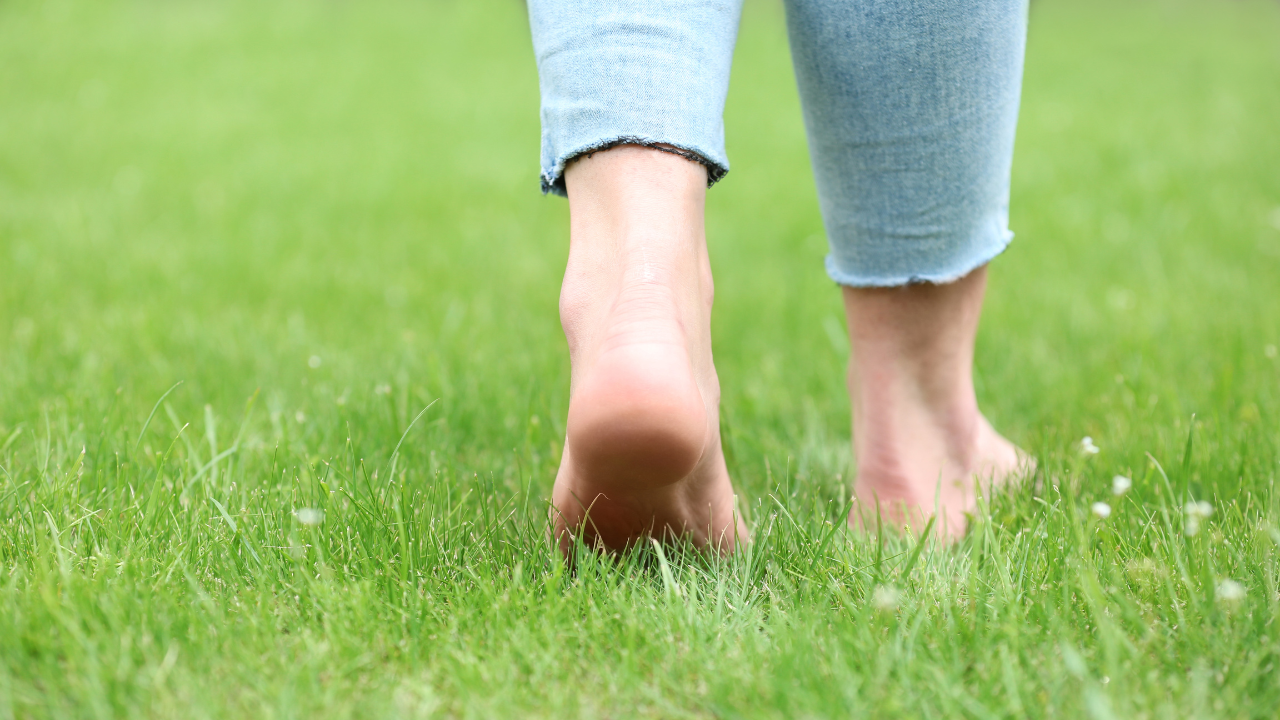Heat stroke is primarily classified into exertional and non-exertional forms. Exertional heat stroke results from strenuous physical activity in high heat, while non-exertional heat stroke typically affects those exposed to extreme heat without engaging in significant physical exertion. Symptoms include elevated body temperature, impaired consciousness, headaches, muscle spasms, and, in severe cases, cardiovascular overload, cerebral hypoxia, and organ failure.
Western medicine's primary treatments include cooling methods, rehydration, and pharmacological interventions like dexamethasone and diazepam to address cerebral edema and convulsions. However, these methods sometimes lead to side effects such as excessive sweating, nausea, and gastrointestinal issues. In TCM, heat stroke falls under "Yang summerheat syndrome," a condition associated with the pathogenic "fire-heat" energy that disrupts the body's natural balance.
Bloodletting therapy, practiced for centuries in TCM, involves releasing small amounts of blood from specific acupoints to alleviate heat, improve circulation, and release pathogenic factors trapped within the body. This review evaluates bloodletting techniques and their efficacy in treating heat stroke, offering insights for modern clinical application. Bloodletting by acupuncture at EX-UE11 EX-UE11, known as one of the extra points in acupuncture , is located at the fingertips and is pivotal in TCM for harmonizing the body's Yin and Yang energies.
Bloodletti.


















